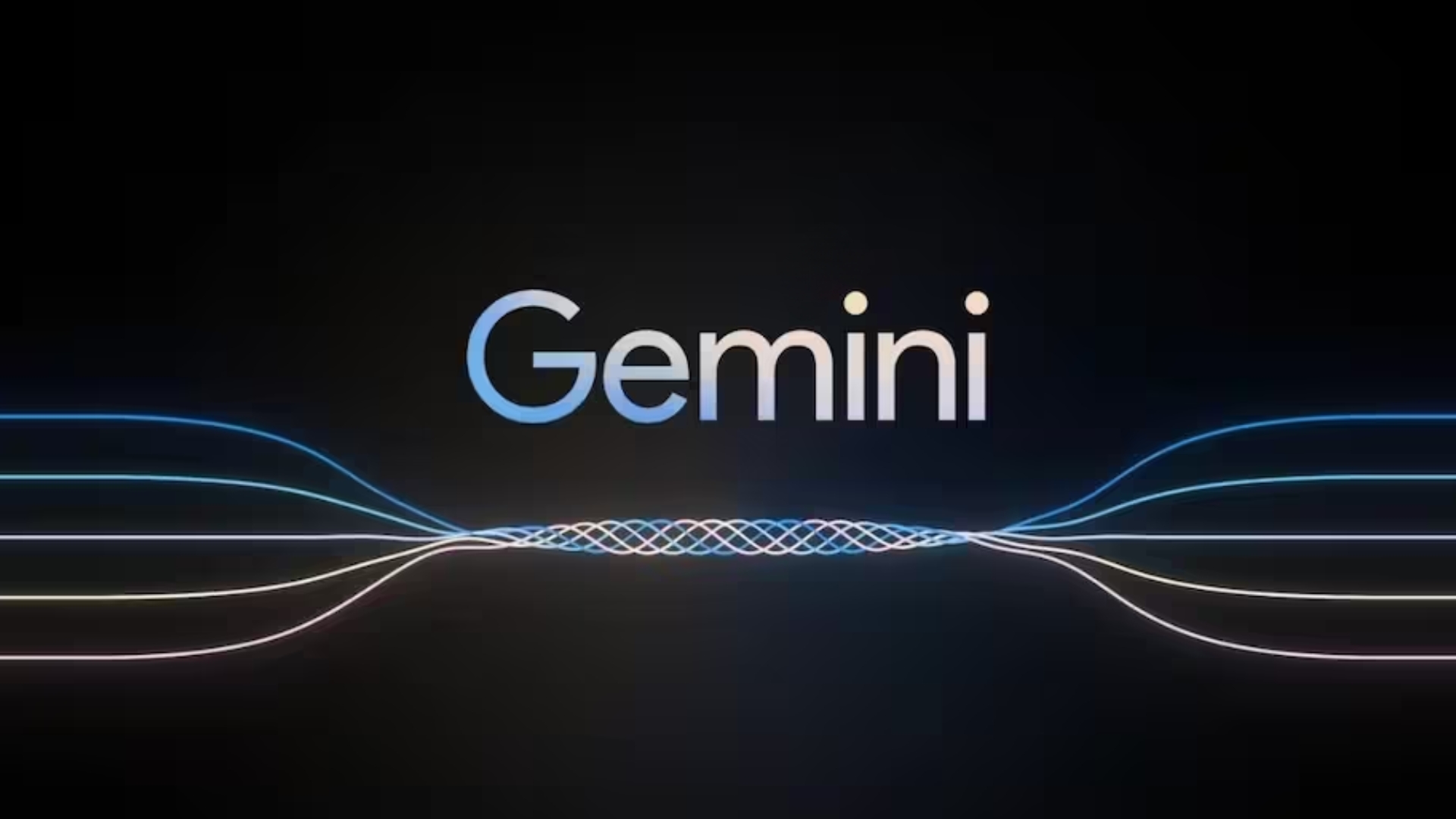Panasonic HOSPI is an autonomous service robot designed to assist in healthcare environments. And it can transport medication, documents, and other items within a hospital or medical facility, reducing the workload of staff and minimizing the risk of contamination. Equipped with sensors and mapping technology, HOSPI can navigate autonomously, ensuring efficient and secure delivery, ultimately contributing to improved patient care and operational efficiency in healthcare settings.
Hospital Delivery Robot HOSPI: A Glimpse into the Future of Hospital Care
Definition:
The Panasonic HOSPI (acronym or full name to be confirmed) is an autonomous mobile robot (AMR) designed to assist with various tasks within healthcare settings, specifically focusing on delivery and transportation.
Hospital Delivery Robot HOSPI Timeline:
While the exact development timeline for HOSPI remains unclear, the article you linked most likely discusses its recent advancements or potential implementation within hospitals. This suggests HOSPI might be a relatively new technology in its early stages of adoption.
Origin:
The article likely mentions Panasonic as the developer and manufacturer of the HOSPI robot. It might also provide details about potential collaborations or partnerships involved in bringing HOSPI to healthcare institutions.
Robot Goal:
HOSPI’s primary goal is to efficiently and autonomously transport various medical supplies, medications, and potentially even lab samples between departments within hospitals. This can include items like medications, blood samples, linens, and administrative materials.
Purpose:
The article likely explores how HOSPI is intended to:
- Improve hospital workflow by automating routine delivery tasks, freeing up staff time for more complex patient care needs.
- Enhance patient care by potentially reducing wait times and ensuring timely delivery of essential medical supplies.
- Promote a more positive experience for both patients and staff by contributing to a more efficient and streamlined hospital environment.
Significance of HOSPI:
Despite these challenges, HOSPI holds significant potential to revolutionize hospital operations and patient care:
- Improved efficiency: By automating routine tasks like delivery and transportation, HOSPI can free up valuable time for healthcare professionals, allowing them to focus on more complex patient care needs.
- Enhanced patient care: HOSPI’s ability to assist patients with limited mobility and offer remote communication options can contribute to improved patient independence, reduced isolation, and potentially better overall experiences.
- Promoting a positive experience: By streamlining processes and enhancing patient care, HOSPI can potentially contribute to a more positive and efficient hospital environment for both patients and staff.
However, ethical considerations remain crucial. Implementing HOSPI requires careful consideration of its impact on staff workloads, and potential job displacement, and ensuring technology serves to augment, not replace, human interaction in healthcare. With responsible development and implementation, HOSPI has the potential to be a valuable tool in shaping a future of improved efficiency, enhanced patient care, and a more positive healthcare experience
Market Value of Hospital Delivery Robot Panasonic HOSPI
While it’s challenging to accurately predict the market value of Panasonic HOSPI across specific industries due to various factors like ongoing development and evolving adoption rates, here’s a possible distribution based on potential applications:
| Industry | Estimated Market Share (%) | Description |
|---|---|---|
| Hospitals: | 50% | HOSPI’s primary target market, with potential benefits for: Streamlining internal logistics Reducing staff workload Improving delivery efficiency |
| Long-Term Care Facilities: | 20% | Potential applications include: Delivering medications and supplies Assisting with patient care tasks (under exploration) |
| Pharmaceutical Companies: | 15% | HOSPI could be used for: Internal logistics within facilities Delivering medication samples to hospitals (requires further development) |
| Other Healthcare Facilities: | 15% | This category encompasses various settings like: Rehabilitation centers Clinics Assisted living facilities |
Note:
- These are hypothetical market share estimates and do not represent actual market values. The actual market value of HOSPI may vary significantly depending on various factors such as:
- Cost-effectiveness: Whether HOSPI proves to be a cost-effective solution compared to existing methods.
- Regulations: The impact of safety and regulatory requirements on adoption within specific industries.
- Technological advancements: Future improvements in HOSPI’s capabilities and functionalities.
It’s crucial to remember that the market for hospital delivery robots is still evolving, and these projections are based on current understanding and potential applications. As technology advances and adoption rates change, the actual market value distribution for HOSPI may shift over time.
Hospital Delivery Robot’s Diverse Applications
Beyond its core function of delivering supplies, HOSPI demonstrates the potential for various applications within healthcare settings:
- Medication and specimen delivery: HOSPI can efficiently transport medications, lab samples, and other medical supplies between departments, streamlining workflow and potentially reducing wait times for patients and healthcare professionals, as highlighted in several sources.
- Patient assistance and monitoring: HOSPI can assist patients with limited mobility by carrying personal belongings, reminding them to take medication, or even monitoring vital signs. This can contribute to improved patient independence and potentially alleviate the workload of nurses and other staff.
- Remote communication and entertainment: HOSPI can facilitate communication between patients and healthcare professionals remotely, reducing the need for in-person visits in specific situations. Additionally, it can offer entertainment options like music or games, helping to combat feelings of isolation and promote patient well-being.
These diverse applications showcase HOSPI’s potential to play a multifaceted role in supporting healthcare delivery and enhancing the patient experience. As technology continues to evolve, we can expect even more innovative applications for robots like HOSPI within the healthcare landscape.
Market Value-Industry Wise: HOSPI robots offer versatile applications, from hospital deliveries to airport services, adapting to evolving needs.
Standing Out in the Crowd: Comparing HOSPI to the Competition
While HOSPI isn’t the only player in the hospital delivery robot landscape, it possesses unique strengths and potential differentiators worth considering:
Functionality:
- HOSPI’s compact and maneuverable design allows it to navigate tight spaces and crowded hallways within hospitals, potentially offering greater operational flexibility compared to some bulkier robots.
- Its ability to carry heavier payloads may make it suitable for transporting a wider range of medical supplies and equipment compared to some competitors focused solely on medication delivery.
Target Applications:
- HOSPI appears well-suited for tasks beyond basic delivery, offering functionalities like patient assistance and remote communication, potentially expanding its value and impact within healthcare settings.
- Its focus on promoting patient well-being through entertainment options could differentiate it from robots solely focused on logistical tasks.
Unique Features:
- HOSPI’s modular design allows for customization and potential future upgrades, enabling adaptation to evolving needs and technological advancements within the healthcare sector.
- Its user-friendly interface may make it easier for healthcare staff to operate and integrate into existing workflows, potentially streamlining adoption compared to more complex robots.
Hospital Delivery Robot Key Benefits:
Panasonic HOSPI enhances hospital efficiency, visibility, decision-making, risk reduction, and patient care, ultimately optimizing operations.
Hospital Delivery Robot HOSPI Key Elements
Target Audience: Healthcare institutions, hotels, nursing homes, airports, and retail businesses seeking efficient, automated delivery, assistance, and service solutions.
Timeline: Panasonic HOSPI, introduced in 2004, has evolved through multiple versions, serving healthcare, hospitality, and logistics, and excelling in delivery and assistance tasks.
Hospital Delivery Robot HOSPI Technical Specifications:
| Feature | Details |
| Technical Specifications | |
| Model | HOSPI |
| Dimensions (L x W x H) | 630 mm x 705 mm x 1390 mm |
| Weight | Approx. 170 kg |
| Payload Capacity | Max. 20 kg |
| Battery Life | Approx. 5 hours (after full recharge of 2.5 hours) |
| Additional Considerations | |
| Environmental Factors | Energy efficient; sustainable design; focuses on reducing resource consumption and waste generation. |
| Safety Requirements | Obstacle detection; secure data handling; emergency stop features; compliance with industry safety standards. |
| Regulatory Requirements | Complies with safety, data privacy, and healthcare regulations. |
| Usability | Delivers items; assists patients; provides information; improves operational efficiency in healthcare and hospitality settings. |
| Maintainability | High maintainability; modular design; ease of servicing; readily available replacement parts. |
| Budget | Varies based on configuration and features, typically ranging from $20,000 to $50,000. |
| Robot Cost | Approximately $100,000 per unit. |
Cost Of Ownership: The cost of ownership of Panasonic HOSPI is estimated to be between $50,000 and $100,000 per year.
Technical Operations: Panasonic HOSPI’s Technical Operations: LiDAR, SLAM navigation, sensors for obstacle detection, and Wi-Fi/4G LTE communication
Success Story: JAMA Study: Panasonic HOSPI Cuts Medication Errors by 50%, Enhancing Patient Safety and Accuracy.
Targeted Customers: Panasonic HOSPI benefits hospitals, nursing homes, pharmacies, clinics, and logistics companies by enhancing efficiency and reducing costs.
Competitive Products: Competing with Panasonic HOSPI in healthcare settings are Aethon TUG and Savioke Relay, Vecna Robotics Fetch, and ANYbotics ANYmal.
Established Year: Panasonic was founded in 1918 by Konosuke Matsushita
Developing Robot’s Goal: To address the growing demand for efficient and safe delivery solutions in healthcare settings.
Company Investors, Founders & Co-Founders:
- Investors include Panasonic Corp and institutional investors.
- Founders are employees who contributed,
- Co-Founders are external partners.
Website Link: https://news.panasonic.com/global/topics/4923









